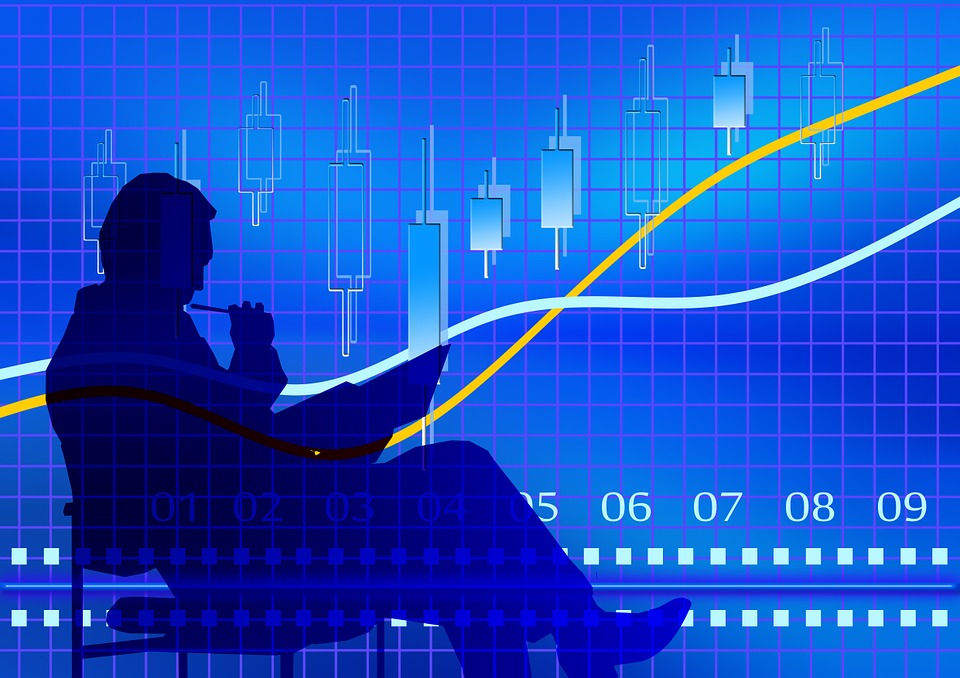Since cannabis for recreational use was legalized in 2018, many industry watchers have noted that the cannabis industry may well become a major driver of economic growth in the coming years.
With the global cannabis market estimated to be worth $31.4 billion by 2021, investment in all aspects of this industry has soared, with many financiers banking on a significant ROI if Canada becomes an international destination for cannabis tourism.
But not all of this investment is in cannabis production and sales. While the dispensaries popping up in cities across Canada are one of the most visible signs of the cannabis craze, sales are not the only driver of the cannabis economy. In fact, one of the most fruitful areas of investment has proved to be in the tech needed to sustain production in a responsible and streamlined way.
The Cannabis Act stipulates a strict regulatory regime in an effort to end the extensive cannabis black market that exists in Canada.
Central to this regulatory regime is the requirement that every cannabis plant has grown in Canada be tracked from “seed-to-sale” to guarantee that production stays within the mainstream economy.
Because seed-to-sale tracking requires producers to gather and report on vast quantities of information about their stock, many are turning to bespoke tech solutions made for the cannabis industry that help them stay compliant with regulations.
By far the most popular seed-to-sale platform in the country is Ample Organics, which already serves seventy percent of Canada’s licensed producers.
This platform provides the latest seed-to-sale software to help producers track and report the development of every single one of their plants, and because it uses an intuitive system based around barcodes and wireless scanners to provide immediate database updates. It also reduces the risk of human error and makes data gathering completely seamless.
This isn’t just useful when it comes time to provide reports — although Ample Organics software is designed specifically to help licensed producers stay compliant with Canada’s regulatory framework. It also makes quality control, harvesting, packaging, and sales easier as well. With Ample Organics, producers have access to a customized e-commerce site that facilitates inventory control and labeling, so customers always get exactly what they want.
In a brief time, they have been legal for consumption in Canada, recreational cannabis products have already proved to be a hot commodity. And as with all hot commodities, businesses that want to cash in need to be intelligent about how they invest. With such a highly regulated product, it is important for any new producer to make sure no shortcuts are taken, and that their operations are legally compliant at every stage of the production process.
Companies that want to take advantage of the exciting opportunities that exist in the cannabis industry should be sure to invest in the cannabis tech that will set them up for long-term success, and guarantee that their business model takes into account the requirements of Canadian law.
Read Also:






















